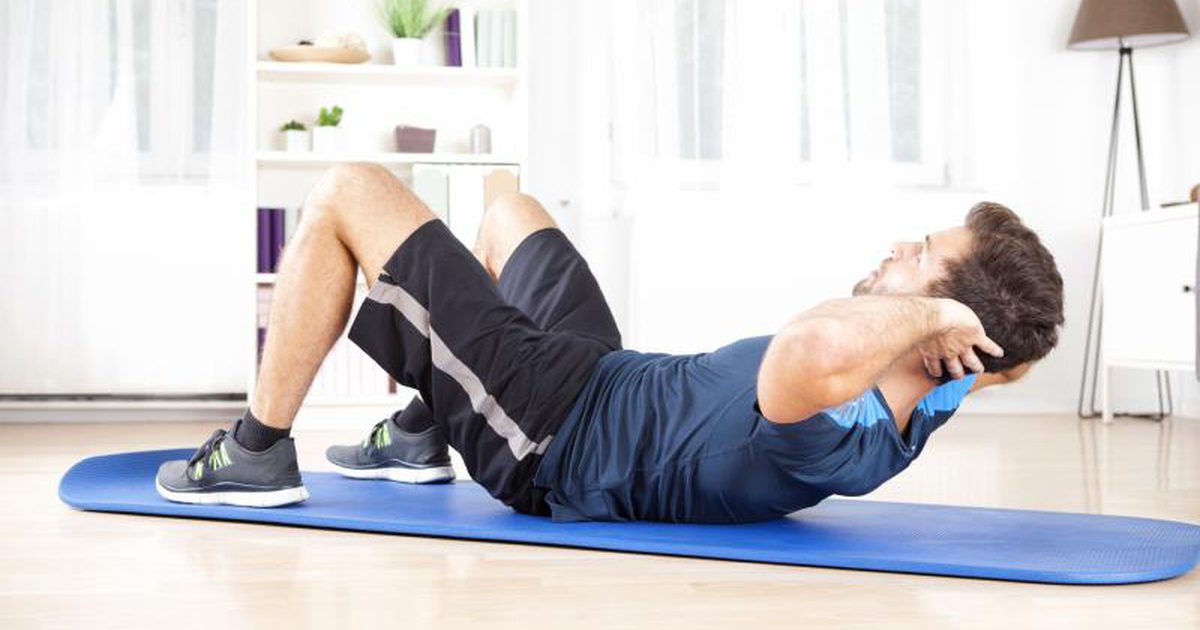How To Prevent Patellofemoral Pain Syndrome
Keep Alignment in Mind

Patellofemoral pain syndrome can be caused by misalignment in the body. The alignment of the quadriceps between the knee and hip is called the Q angle. Researchers believe this alignment affects an individual's patellar tracking. When a patient's Q angle is larger than twenty degrees, they might be more susceptible to patellofemoral pain syndrome due to the patella's tendency to track toward the outside. In these cases, patients might feel pain around the outside of their femur and patella due to an increase in pressure. When female athletes are growing throughout adolescence, the Q angle grows as their pelvis widens. This increases the overall risk of developing patellofemoral pain.
Individuals should also be particularly aware of their alignment when exercising. It's important to understand where one's hips and knees are in relation to each other during exercise and particular movements. Some individuals may benefit from having a fitness trainer observe and correct their form.
Increase Exercise Intensity Gradually

Individuals should increase their exercise intensity gradually. If individuals are just starting to exercise after a long period of inactivity, their knees aren't used to repetitive strain. Individuals might cause knee pain if they overuse their muscles without gradually developing them. In the same manner, athletes with patellofemoral pain syndrome should reduce their exercises and build them up gradually when their symptoms subside. Continuing to engage in high activity and high-impact exercises will just make symptoms worse. If the muscles in the quadriceps have a strength imbalance, they may cause an alteration in an individual's patella tracking. Tight tendons and muscles can also have an effect on patellar tracking. If one group of muscles is tighter than the rest of the muscles, this might lead to instability.
